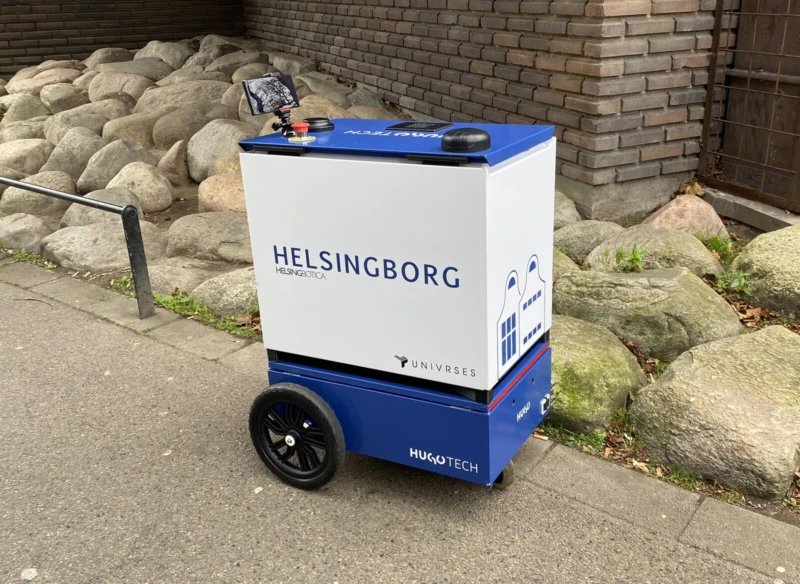Robotics project shows great promise for enhancing micromobility vehicle use
Earlier this year, the prestudy of the HelsingBotica project was presented. It highlights the potential for innovative solutions in micromobility and autonomous delivery. This paves the way for smarter, safer urban transportation. The next step is an ongoing project aimed at increasing knowledge about the possibilities of robot deliveries for e-commerce in last-mile delivery solutions.

The prestudy focused on data sharing for improved micromobility and an autonomous delivery robot pilot, using the city of Helsingborg, Sweden, as a test bed. The study investigated new methods to enhance the use of micromobility vehicles, particularly within bike and pedestrian road networks.
The study also utilized autonomous vehicles to gather images and applied machine learning to expand knowledge of infrastructure. While it successfully demonstrated the feasibility of collecting road network images, it also identified unique challenges, such as varying angles and obstacles like gravel that needed attention.
In the continued project phase, the primary deliverable is to determine whether the theoretical benefits identified can be realized and scaled up. To achieve this, it is necessary to carry out more than 50 tests of package deliveries using “Community robots” during 2025.
The tests will be performed “from start to finish,” where the customer chooses the delivery option “robot” at the checkout with an online pharmacy. The order will go through the entire coordinated supply chain, from the pharmacy to the best transport method to the delivery robot (Hugo), and finally to the customer’s home.
The project receives funding from Vinnova through Drive Sweden. The city of Helsingborg, Univrses, Hugo Tech and VTI were involved in the prestudy. The continuation of the project, HelsingBotica Community Robot involves the participation of Apotea, Best, the city, Hugo Tech and VTI.
